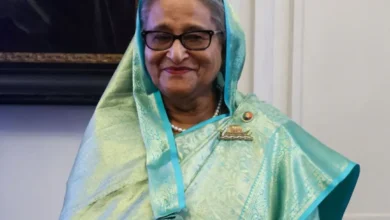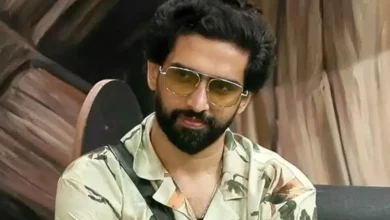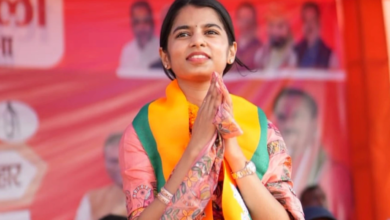Malegaon Bomb Blast Case: Pragya Thakur Cleared Chit From Court

Mumbai – On Thursday, the Special NIA Court of Mumbai announced its verdict, acquitting seven people accused in the 2008 Malegaon Bomb blast Case. Pragya Thakur is among the acquitted, whose involvement in the 2008 Malegaon bomb blast case attracted significant media coverage since her arrest. This court ruling marks the end of an extensive 15-year legal fight that left a lasting impression on India’s political and judicial landscape.
The court emphasised that the prosecution was unable to prove the allegations against the defendants beyond a reasonable doubt. All the accused were cleared under the Unlawful Activities Act and the Arms Act. This judgment has caused national debates about the complexity of the trial and investigation.
In delivering his ruling, Judge Abhay Lohtia noted that “While the prosecution presented evidence about a Malegaon blast, they failed to establish the fact that the accused was responsible.” It could not prove, in particular, that the explosive was planted on the motorcycle linked to Pragya Thakur. Inconsistencies within medical records also cast doubts on certain essential elements of the case, such as the number of victims.
It also dealt with allegations that evidence was manipulated, discovering discrepancies within medical records. The court stated that, while the initial claims claimed 101 injuries, evidence confirmed 95, which highlighted possible overstatements of medical documentation. There was also insufficient evidence linking certain elements of the alleged conspiracy. For example, explosives that were allegedly kept at the home of Prasad Purohit, one of those accused.
Pragya Thakur, one of those who replied to the decision, characterised it as a win for her and for the ideology she called ‘Bhagwa (saffron Hindutva). She said, “This was a victory for Bhagwa. Since the very beginning, I’ve maintained that all investigations should be based on evidence. As I was tortured and arrested without any proof, my life was ruined. “This trial wasn’t just about me, but also about my religious and cultural identities.” Her belief in justice for those wrongly implicated by investigations was also expressed.
Six people were killed and dozens of others injured in the 2008 Malegaon explosions. This tragedy, which occurred in a predominantly Muslim area of Malegaon during Ramadan in Maharashtra, shook the country and raised questions regarding communal harmony.
In addition to the compensation orders, there was also a court ruling that ordered families of victims to be compensated. Maharashtra has been ordered to pay Rs 2 lakh each to families of those killed and Rs 50,000 to injured victims. The acquittal is a major milestone in this long-running case. However, compensation for the victims has become a crucial part of the verdict, with the emphasis now on redressing the suffering of those who were injured.
Also Read: Lieutenant Colonel Prasad Purohit Not Guilty in Malegaon Bomb Blast Case 2008
The prosecution called 323 witnesses during the trial, while the defence only used eight people to testify. The verdict today, which explores all the evidence gaps and nuances of the case, has reignited the debate on investigative methods and the legal framework required to deal with high-profile terrorist cases.
This decision is still significant for the discussion in society and law about the role of investigative agencies in protecting accused persons’ rights without jeopardising public safety. The Malegaon Bombing Case will shape the future of judicial reforms in India relating to terrorism cases, according to experts.
About the 2008 Malegaon Case
On September 29, 2008, two powerful explosions rumbled through the Maharashtra town of Malegaon. Six people died and dozens were injured in the tragedy, which shook communal harmony. Due to the case’s political overtones and subsequent arrests that were controversial, it gained national attention. The Special NIA Court’s verdict marks a significant development in the case, which is one of India’s most controversial legal cases.





